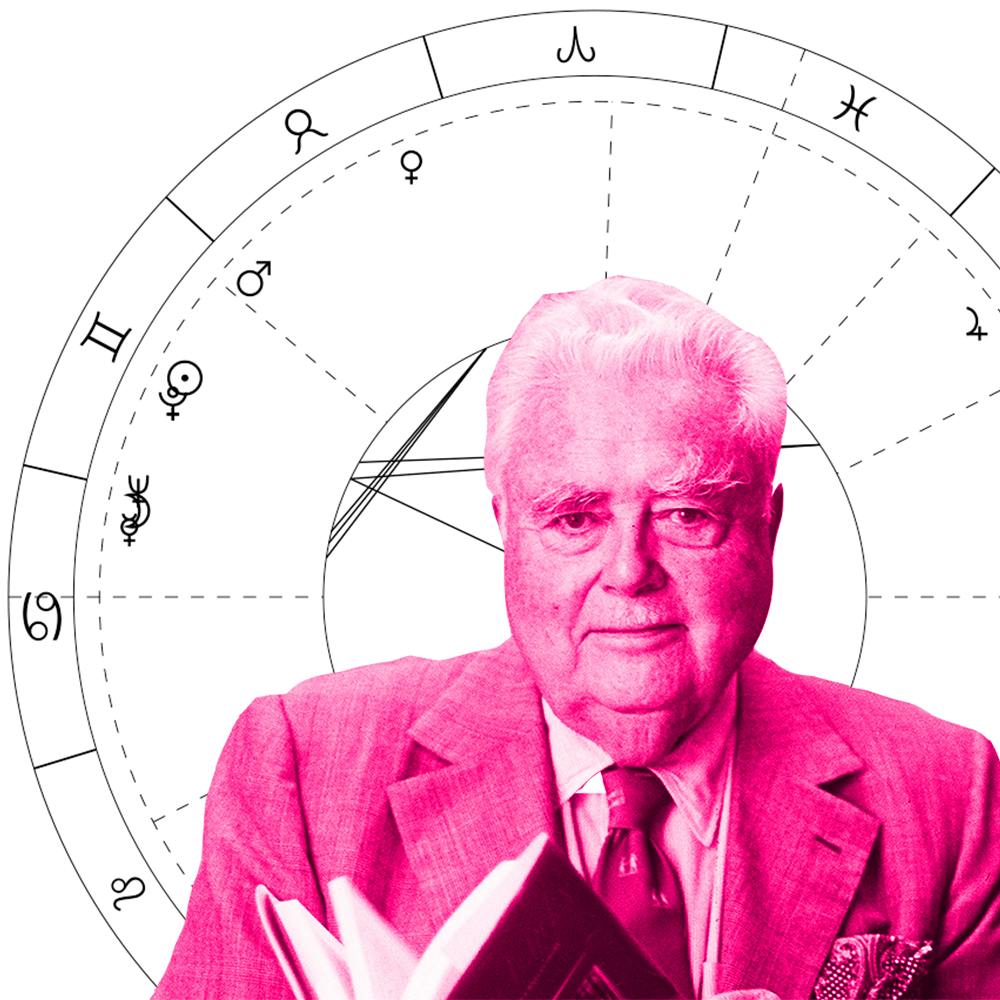Horoscopes have been a fixture of print newspapers for decades. They fit snugly alongside crossword puzzles and comic strips, predicting your day in 20-30 words based on your sun sign.
I’m surprised they’re still around in this era of media fighting for public trust. Horoscopes are standard fare in the L.A. Times and the Philadelphia Inquirer. In the Indiana Daily Student, we print syndicated horoscopes which also grace the pages of the Chicago Tribune. At this point, they’re an institution.
That’s a problem, but it's not a media specific one. Popular understanding of astrology places too much importance on the sun sign, and not enough on the rest of the chart.
Sun sign-only horoscopes are a new phenomenon relative to astrology’s ancient history. British astrologer R.H. Naylor is credited with creating the first 12-paragraph, one-blurb-per-sign format in a column for the Sunday Express started in the 1930s.
Naylor’s involvement with the paper began when the editor asked him to interpret the newborn Princess Margaret’s birth chart. It was so popular that the Express gave him a weekly column.
At first, he wrote advice for everyone whose birthday fell in the week ahead, considering the similar placements of people born days apart. This was obviously too narrow, and Naylor soon invented the kind of popular astrology most of us know now.
Sun sign astrology was born from compromise. Naylor condensed the vastness of astrology to fit copy guidelines and produce content applicable to all readers. If you ever pick up and tabloid or leaf through this newspaper, glance at your horoscope and think, “this is useless to me,” you’re not wrong.
Horoscopes for Refinery29 and Elle magazine often reference planets moving through “your money house” or “your relationships house.”
I described the houses of the birth chart as a y-axis to the signs’ x-axis. But your sun sign has no bearing on your houses at all. The Tribune horoscopes in this paper start with sentences like “Professional opportunities tempt,” which I can only guess means that something is going on in the 10th house that rules careers.
The positions of the houses in someone’s birth chart are determined by time and place of birth. The first house starts with a person’s ascendant, or rising sign.
This is the portion of the sky, as laid out by the zodiac, that was on the eastern horizon at the minute of your birth. If you think of a birth chart like a clock, the rising sign is always at 9 o’clock.
To find your ascendant sign, calculate your birth chart at Astro.com.
In astrology, we think of the sun, moon and rising sign as the big three, the most integral components of a person’s identity. The sun is our ego, our sense of self. The moon is our gut, the instinct with which we process the world.
Our rising sign is how we appear to others. The way we express solar energy is modified by the sun's appearance at our birth.
Herman B Wells and I make great visual examples as morning babies. The sun rose in the sky in or near the sign that was on the horizon when we we born. Wells’ Cancer rising is one sign over from his Gemini sun, while both my sun and rising are Pisces.
Chani Nicholas, the astrologer behind Spotify’s monthly Cosmic Playlists for the signs, pointedly labels her horoscope subheadings “Sagittarius & Sagittarius Rising” and “Cancer & Cancer Rising.” The next time you see a horoscope, preferably not in a newspaper, I recommend reading both signs.






